What is involved in a warm up?
Most people view warm ups as purely warming up muscles, also known as thermal warming up.
Warming up has a couple components that need to be achieved to be ready for training and games to perform at your best. These components can be broken down into joint mobilisation, thermal, neural priming, performance and task specific. By ticking off each of these components you will be better ready for training and games as well as fitting in some much needed performance training without taking up hours of your week.
What does the warm up do?
Joint mobilisation
This component is needed to reduce perceived tightness of muscles and joints before performing training or games. Dynamic stretching is a needed part to improve short term range of movement and reduce muscle awareness or tightness allowing the athlete to perform tasks without limitations. Examples of dynamic stretches include leg swings, dynamic pigeon stretch, crucifix stretch, arm swings, thread the needle, walking lunges and squats.
Thermal component
Thermal component increases the body's core temperature and improves blood circulation to peripheral muscles that will be used during training or games. The increasing of the body’s temperature helps improve performance, improve blood circulation, improve utilisation of glycogen and carbohydrates and improvements in muscle fibre contractions. These all help you as the athlete improve performance and reduce injury risk. However, there are many more parts of the warm up that can aid performance. The thermal component of the warm up is a great time to add in some change of direction, running and movements while getting your heart rate up.
Neural priming
Neural priming can increase the nervous system's ability to produce force through muscles aiding performance during games. Warm up activities help the nervous system produce force from zero to maximal production in shorter timeframes post warming up than pre warming up. Exercises that can aid neural pricing include progressive increases in jumping, bounds, skipping, and throwing activities. Only a couple of these exercises can increase performance in only a short time frame.
What does the warm up do for performance and injury prevention?
This is one component of the warm up that is regularly missed in regulation warm ups that can be used to improve physical capabilities of an athlete. With most teams allocating 10-20 minutes to warming up this is a great way to utilise this time to build robustness from injury and improve physical performance. Performance qualities like running technique and sprinting can be done at the end of the warm up before fatigue of the session has set in. This is the best way to increase high speed running volume without the risks associated with high speed running under fatigue. Injury prevention exercises for shoulders and knees can be done in this time as well without taking over time during your non training time.
Example warm ups
Joint mobilisation
Leg swings, lateral lunges, squats, walking lunges, dynamic hip flexor and hamstring and crucifix stretch
Thermal
Box run forward 10 metres, lateral steps 10 metres backwards 10 metres lateral steps 10 metres compete 4 times going left and right
Neural priming
Pogo jumps, skips for height, skips for length, double leg bounds
Performance
Mini hurdle runs 20 metres walk back recovery
2 x 40 metre sprints with slow walk back recovery
1 x 50 metre sprint with slow walk back recovery
Injury prevention
Nordic hamstring curls 2 x 5
Bear crawl 2 x 5 metres
Push up in A frame 2 x 5

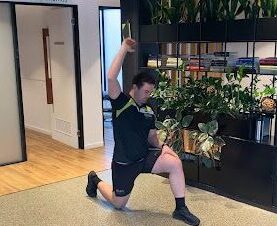

By using the warm up time to not only warm your muscles up but prepare better physically, you are able to be a better athlete in the same amount of time you usually spend warming up. This is an easy way to get ahead of your competition while only training for the same amount of time. If you would like more ways to improve your performance and reduce your injury risk, come and see the team at PEAK.
Martin Brennan
Physiotherapist
ASCA Level 1 strength and Conditioning coach
Let's get started — How can we help?
Physiotherapy
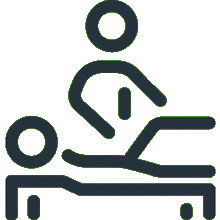
Chiropractic
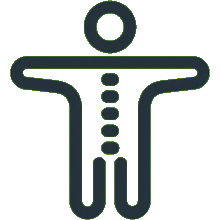
Podiatry
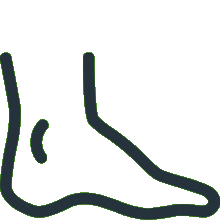
Massage Therapy
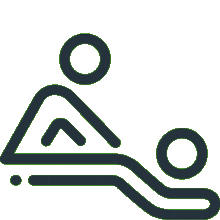
Women's Health Physiotherapy

Running Program Tailored To Your Goals

Joint Mobilisation

Active Release Technique
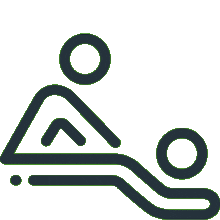
Exercise Prescription
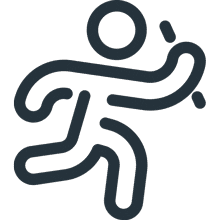
Real Time Ultrasound Imaging

Spinal Manipulation
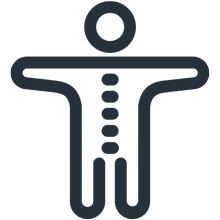
Functional Movement Screen
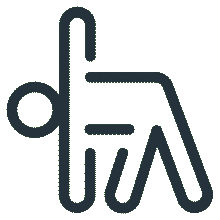
Knee Pain Treatment

Hamstring Strain Treatment
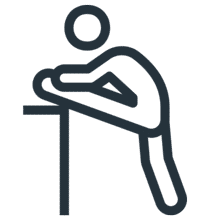
Hip Pain Treatment

Upper, Middle & Lower Back Pain

Neck Pain Treatment

Shoulder Pain & Rotator Cuff Tear

Can't find what you're after?
View all ServicesOr email the PEAK team at info@peakssc.com.au
Hawthorne
- Phone: (07) 3399 3318
- Fax: (07) 3319 6577
Address
5/171 Riding Road,Hawthorne, QLD, 4171 Get Directions
Opening Hours -
6 days per week
- Monday - Friday: 7:00 am - 8:00 pm
- Saturday: 7:00 am - 1:00 pm
To make a booking outside of business hours, please use our form by clicking here.
New Farm
- Phone: (07) 3399 4668
- Fax: (07) 3319 6577
Address
1/15 Lamington Street,New Farm, QLD, 4005 Get Directions
Opening Hours -
6 days per week
- Monday: 7:00 am - 8:00 pm
- Tuesday: 7:00 am - 8:00 pm
- Wednesday: 9:00 am - 8:00 pm
- Thursday: 10:00 am - 8:00 pm
- Friday: 7:00 am - 3:00 pm
- Saturday: 7:00 am - 3:00 pm
To make a booking outside of business hours, please use our form by clicking here.
